UP TO THE MINUTE
Step right: Preventing foot injuries in roofing
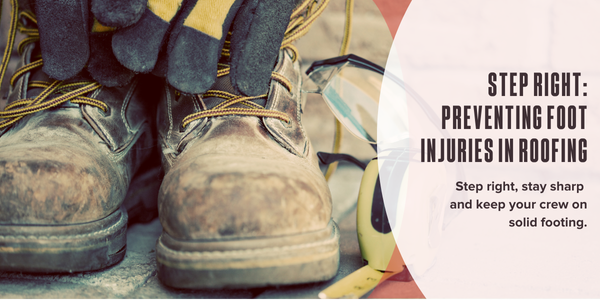
By Cotney Consulting Group.
Step right, stay sharp and keep your crew on solid footing.
Roofers rely on their feet more than most workers in the trades. Climbing ladders, walking uneven surfaces, balancing on steep slopes and carrying heavy materials start from the ground up. That's why foot safety isn't just a comfort issue; it's a critical piece of your job site protection plan.
Foot injuries in roofing are surprisingly common and easily overlooked. The risk is constant from puncture wounds caused by nails to crushed toes from dropped bundles or materials. But with the right gear, good habits and awareness, most of these injuries are entirely preventable.
Common foot hazards in roofing
Roofing presents a unique set of foot hazards that can lead to minor injuries, lost time or even long-term damage:
- Sharp objects like nails, screws and metal flashing that can puncture through soft soles
- Heavy falling objects like bundles of shingles, tools or equipment dropped from height
- Uneven walking surfaces such as trusses, decking gaps and pitched roofs
- Slips and falls on wet or loose materials
- Burns from hot tar, torch-down membranes or heated equipment
- Extreme weather exposure, including heat, cold and moisture, can lead to blisters or frostbite
Each hazard creates an opportunity for injury and a reason to protect your crew with better practices and boots.
Choosing the right footwear for roofing
The most important decision a roofer can make daily may be what they put on their feet. Here's what to look for when selecting proper roofing footwear:
1 - Safety toes: Steel or composite toe caps protect against impact injuries from dropped tools or materials. Composite toes are lighter and don't conduct heat or cold, making them a good choice for extreme climates.
2 - Puncture-resistant soles: Outsoles reinforced with plates or high-strength materials help prevent nails or screws from penetrating the foot. This is especially critical when working tear-offs or older decking.
3 - Slip-resistant treads: Grip matters. Look for soles with aggressive tread patterns designed to perform on steep slopes, wet surfaces or metal roofing. Rubber outsoles offer the best combination of grip and flexibility.
4 - Waterproof and breathable materials: Waterlogged boots can lead to trench foot, blisters or infections. Breathable waterproof membranes help regulate temperature while keeping moisture out.
5 - Proper fit and support: Boots should fit snugly but not tightly. Look for ankle support, padded insoles and reinforced arches to reduce fatigue and prevent sprains on unstable surfaces.
Roofing footwear: What not to wear
Flip-flops, sneakers and soft-toe work shoes may be acceptable in some environments but not on a roof. Shoes lacking structure, slip resistance or protection expose workers to serious injuries.
Avoid:
- Worn-out boots with cracked soles or loose laces
- Boots without safety toe protection
- Shoes with smooth soles or zero tread
- Cumbersome footwear that causes fatigue or imbalance
It's worth investing in high-quality, roofing-specific boots. They'll last longer and pay for themselves in injury prevention and improved performance.
Good habits that keep feet safe
Even the best boots won't prevent injuries if your job site habits aren't on point. Here are practical ways roofing crews can reduce foot injury risks:
- Inspect boots daily for damage or wear
- Keep job site walkways clear of loose nails, tools and debris
- Use magnetic sweepers after tear-offs or demolition
- Wear the right socks, preferably moisture-wicking, cushioned socks, to reduce sweat and friction
- Replace damaged insoles or laces to maintain proper fit and support
- Avoid overloading workers to minimize trips, slips or drops
- Never rush when moving across ladders, scaffolding or roof edges
Safety begins with awareness. Foot injuries become inevitable if a job site is littered with tripping hazards or workers aren't paying attention.
First aid for foot injuries
Even with precautions, injuries happen. Knowing how to respond can make a big difference in recovery time:
- Puncture wounds should be cleaned immediately, bandaged and monitored for signs of infection
- Bruising or swelling from dropped tools may indicate a fracture; apply ice and elevate
- Burns should be cooled with water and covered with a sterile dressing
- Blisters can be treated with moleskin or blister pads, but infected blisters require medical attention
All injuries, no matter how small, should be reported and documented. Minor injuries left untreated often become bigger problems later.
Reinforce foot safety with training
Foot safety should be part of every roofing company's safety program. Include it in toolbox talks, orientation sessions and equipment checklists. Some key training points to cover:
- Selecting the proper boots for the job
- Inspecting footwear regularly
- Identifying trip and puncture hazards
- Proper cleanup procedures on tear-offs
- How to respond to foot injuries on the job
Make it a regular topic, not just something that comes up after an accident.
Final thoughts: Step smart, work safe
Roofing is complex on the body, and the feet take the brunt of it. But with quality footwear, clean job site habits and solid training, foot injuries don't have to be part of the job. Remember, every step on a roof is a step closer to risk or safety. Choosing the right path starts with protecting what gets you there.
So step right, stay sharp and keep your crew on solid footing.
Learn more about Cotney Consulting Group in their Coffee Shop Directory or visit www.cotneyconsulting.com.

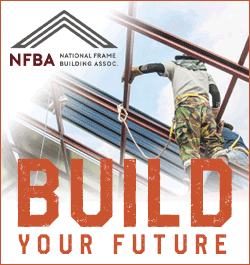
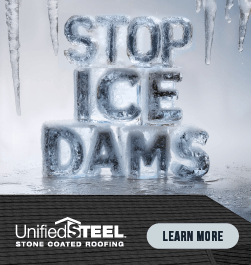


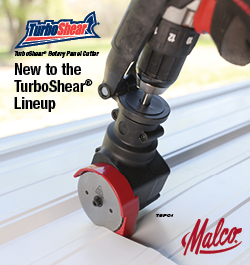





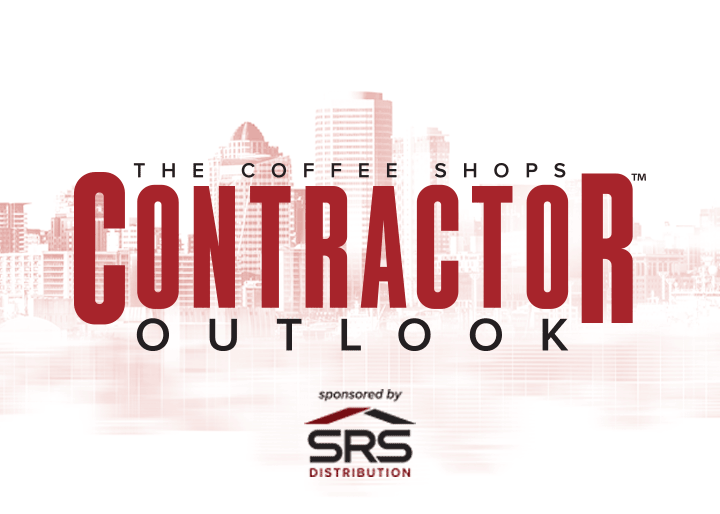
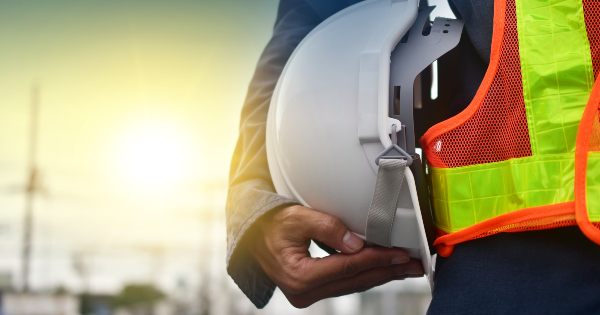
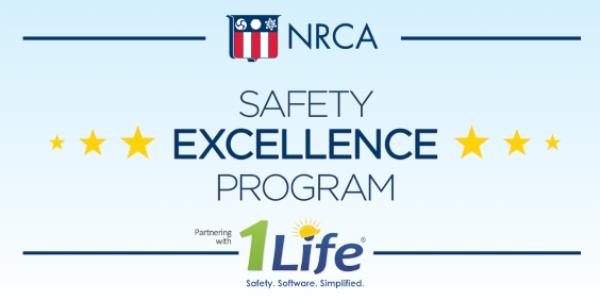




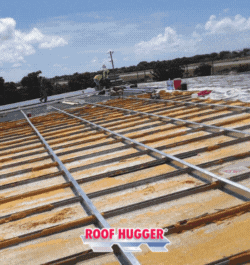

Comments
Leave a Reply
Have an account? Login to leave a comment!
Sign In